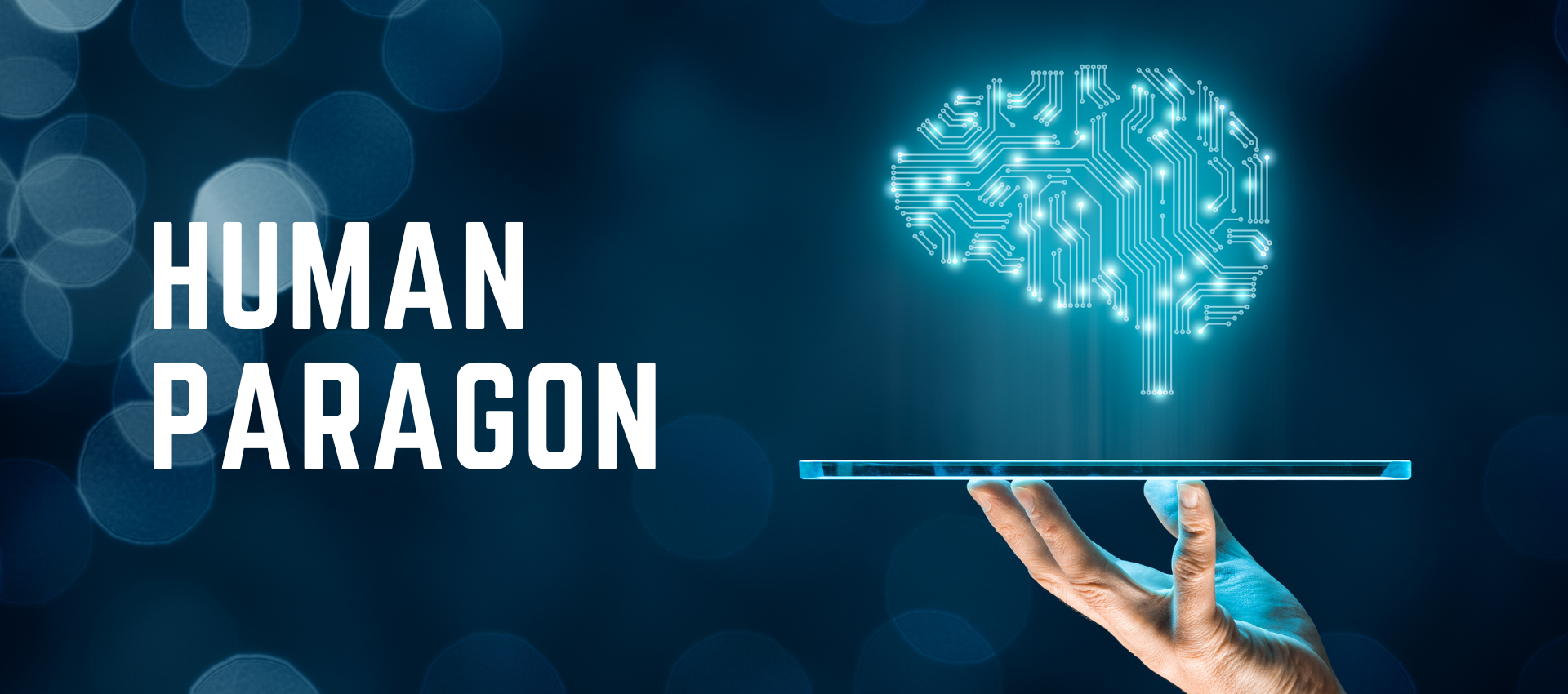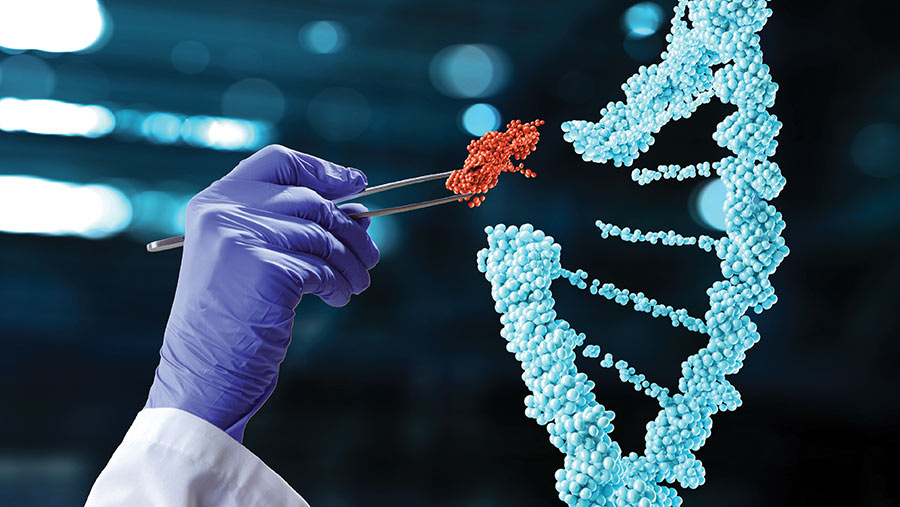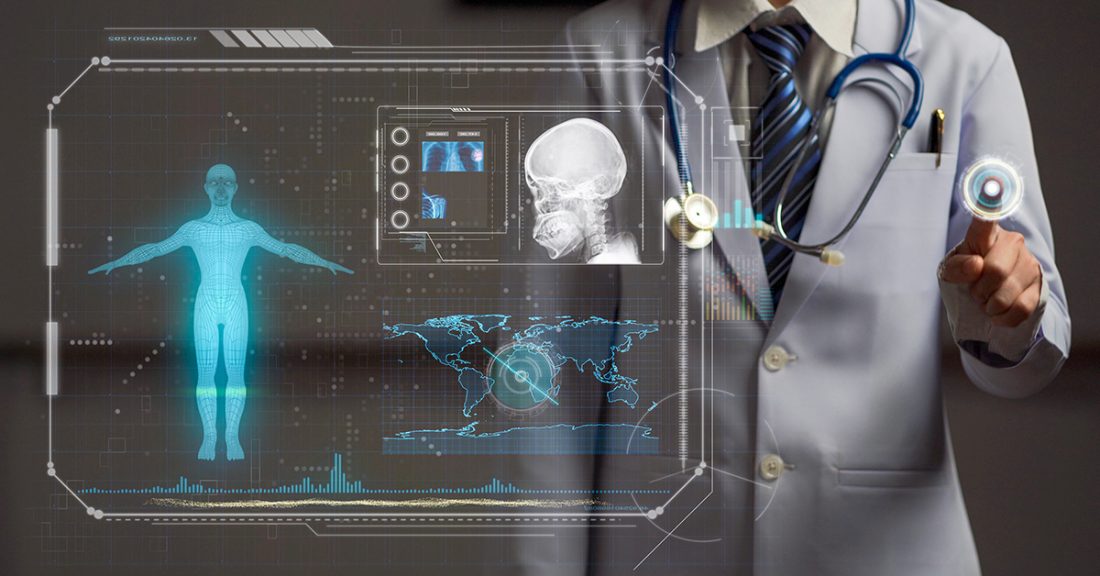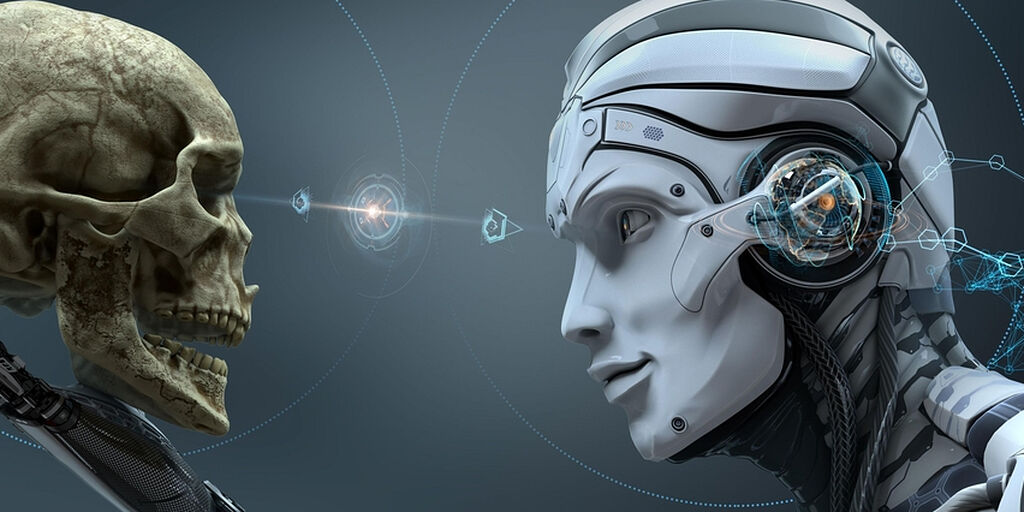Transhumanism is an interesting part of our modern scientific community that is all about utilizing technology to help make humans better, faster, and stronger. Some of the technology that is discussed in transhumanism is already available, while others are just in the discussion phase and are brought in.
The idea here is to use some options like nanotechnology, artificial intelligence, and genetic engineering to help improve what humans are able to do. We are often amazed at all the amazing things that humans can already do on their own. Our brain is great at computing, keeping us alive, creating great athletes and scholars alike. But transhumanism imagines a world where we are able to take the natural human abilities and combine it with science and technology to make more of a “superhuman” instead.
There are different ways that the ideas of transhumanism can be applied. For example, some envision it being used to provide us a future that will slow down or eliminate the aging process and some of the diseases that come with it. This can allow us to have longer and healthier lives without heart attacks, diabetes, arthritis, and other conditions that can really slow us down.
Others will look more on the human capabilities when it comes to transhumanism. For example, they may look to see how technology can make us smarter and faster than we were in the past. This part of the movement suggests that humans who have these special capabilities can evolve into their own type of species, a “posthuman” rather than what we see with our modern human species today.
The idea of transhumanism has been around for some time now. Many of the interesting scientific discoveries we have found in the past few decades, including brain chips, in vitro fertilization, stem cell therapies, and even animal cloning, have helped bring transhumanism to the forefront. It is no longer just an idea that we find in some of our sci-fi movies any longer; it is a reality that we may be facing sooner than we can imagine.
While it is a lot of fun to think about the amazing things humans may be able to do with all of this enhanced technology and scientific discovery, we also need to use a modicum of caution here. There are a number of critics of transhumanism. While they aren’t trying to say that people shouldn’t live longer and healthier lives if possible, they worry about what could happen to those who don’t match up to these superior new plans for humans.
For example, a lot of the concerns that come up with transhumanism include the fact that there will be greater social inequities in the future if we allow this technology and the ideas behind it to have free reign. It could come at a frightful moral cost to human rights, increasing the bridge between the have’s and the have-not’s. No matter the side you are on with transhumanism, there are some areas for concern and having open dialogue between all parties concerning it can make a difference in where it goes in the future.…




